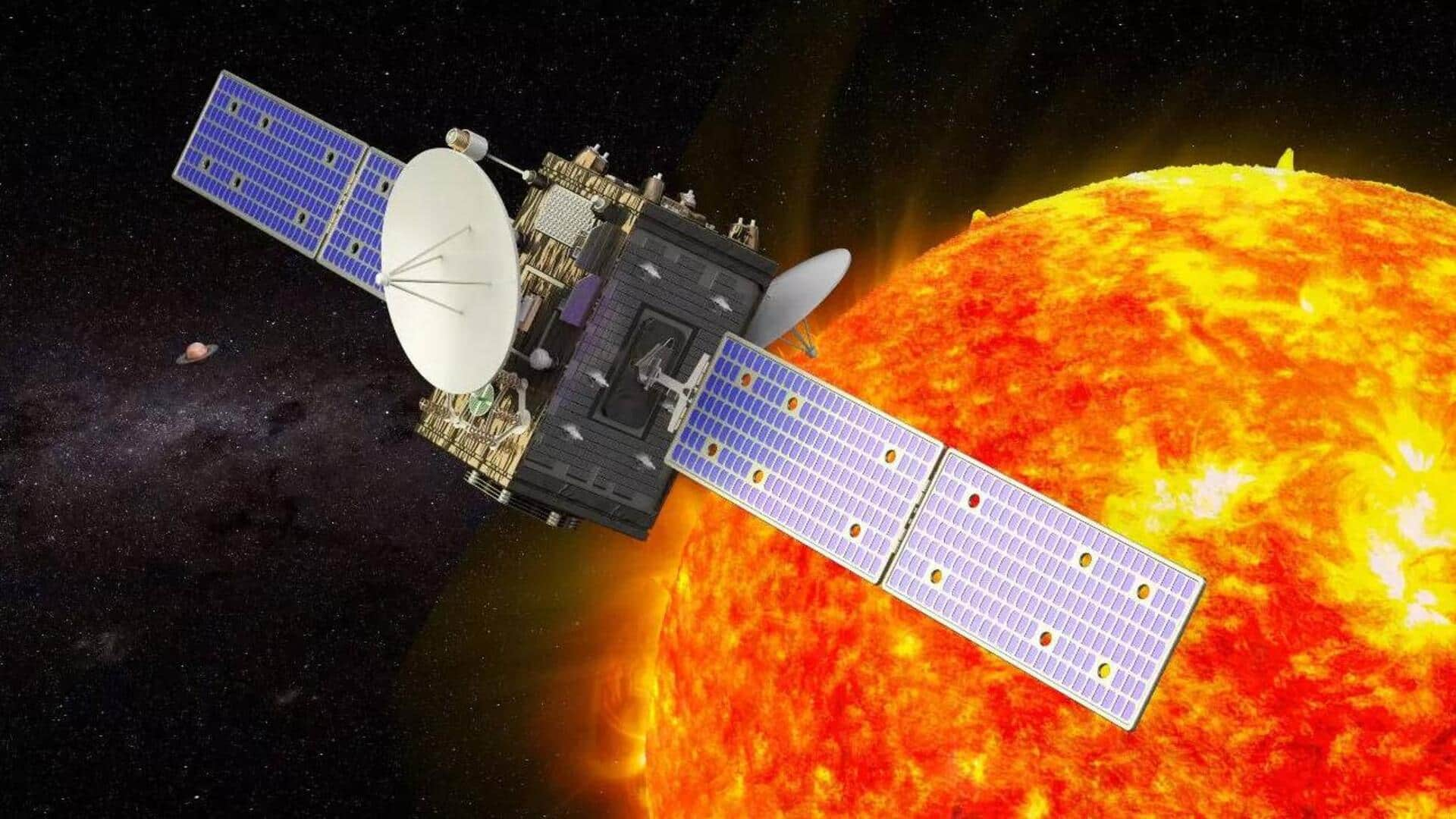
These countries have pursued solar missions like India's Aditya-L1
What's the story
The India Space Research Organisation (ISRO) took a significant step in solar exploration with the launch of the Aditya-L1 mission on September 2. It is traveling to the L-1 Lagrange point, located 1.5 million kilometers between Earth and the Sun. ISRO Chairman S Somanath said Aditya-L1 is in its final phase, expected to enter the L1 orbit on January 7. With this mission, India joined countries like Japan, the United States, Europe, and China in investigating our star's mysteries.
Details
Japan's solar mission started in 1981
Japan's solar exploration journey began in 1981 with the Hinotori (ASTRO-A) satellite, which was an X-ray astronomy satellite that focused on studying solar flares. Japan's space agency, JAXA, has since carried out multiple solar missions, including Yohkoh (SOLAR-A) and Solar and Heliospheric Observatory (SOHO) in collaboration with the US's National Aeronautics and Space Administration (NASA) and European Space Agency (ESA). In 1998, it launched the Transient Region and Coronal Explorer (TRACE) with NASA and later launched Hinode (SOLAR-B) in 2006.
More
US and Europe's contributions to solar exploration
NASA has been actively involved in solar missions since the SOHO mission in 1995, and these include the groundbreaking Parker Solar Probe in 2018, which made history by "touching" the Sun after three years. NASA continues to play a crucial role in solar exploration with several active missions. Meanwhile, the ESA has collaborated with NASA and JAXA for solar research. It has some notable missions under its credit, like Ulysses in 1990 and Project for On-Board Autonomy-2 (Proba-2) in 2001.
Information
China forayed into field in October 2022
China entered the solar exploration field with the launch of the Advanced Space-based Solar Observatory (ASO-S) by the National Space Science Center, Chinese Academy of Sciences (CAS), in October 2022. It is aimed at studying the Sun's magnetic field's role in phenomena like coronal mass ejections and eruptions.